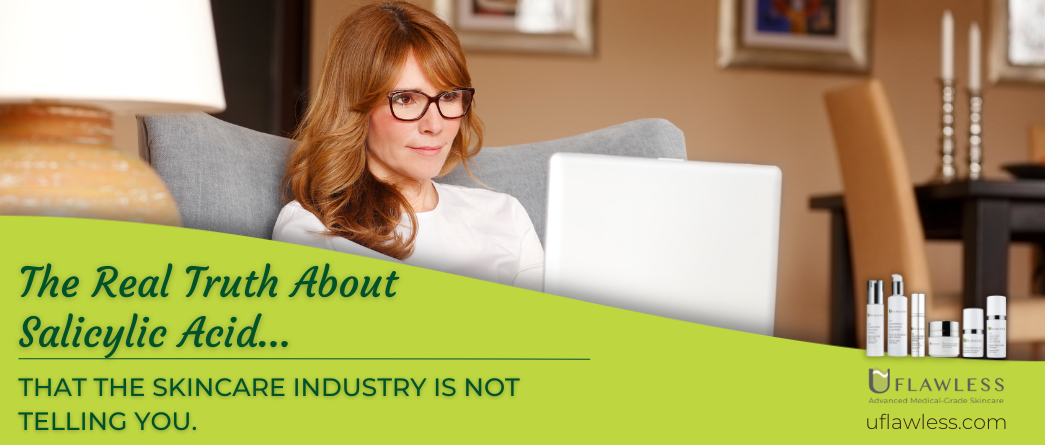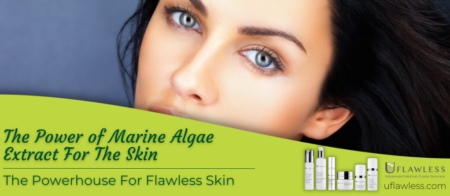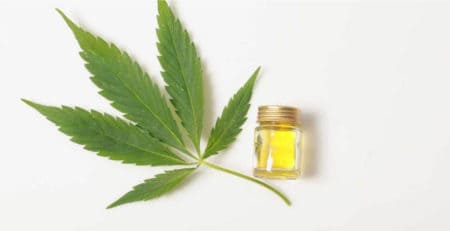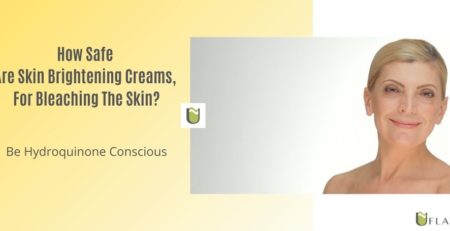The Real Truth About Salicylic Acid: What the Skincare Industry Isn’t Telling You
Salicylic Acid is a popular ingredient for tackling acne, melasma, and hyperpigmentation. However, there’s the real truth about salicylic acid that the skincare industry isn’t sharing with you. Many are unaware that there’s a significant difference between various salicylic acid products on the market.
This difference can impact the effectiveness and value of the product you choose.
In this article, we’ll delve into the lesser-known aspects of salicylic acid and explore how to get the most out of this amazing ingredient.
What’s The Truth About Salicylic Acid? That the skincare industry is not telling you.
One key secret that the skincare industry doesn’t want you to know is the importance of low pH in salicylic acid and glycolic acid products.
Low pH means that the product is more acidic, which has a significant impact on its effectiveness.
Healthy skin has a slightly acidic pH level of 5.5, which helps create a natural barrier against infections.
When it comes to salicylic acid, a lower pH level (around 3.5) increases cell turnover or skin rejuvenation by about 30% with each drop of 2 pH levels.
This is why medical-grade skincare products with low pH levels often cost more than over-the-counter alternatives.
That’s why OTC (Over The Counter) products, sold in drugstores, may cost $5 and Medical-Grade skincare products may cost $30+.
With that said, next time getting your Salicylic Acid or Glycolic Acid, go for the ones with LOW pH, like under X3 Refining Glycolic Pads (pH 3.5) or X9 Advanced Exfoliating Cleanser, with pH 4.5.
That translates into efficiency and the best value for the money.
Try Medical-Grade Skincare For Free!
This is a unique opportunity to try how medical-grade skincare can make a huge impact on your skin health.
Medical-Grade skincare is made with a higher concentration and pure ingredients. This is the only way to nourish the deepest layers of the skin, where youthful skin cells are naturally produced.
These youthful skin cells (made with collagen, elastin, and hyaluronic acid) depend on being properly nourished to be able to flourish to the surface as quickly as 7 days. Otherwise, you get only hydrated skin. That means that when you stop hydrating the skin, all the effects of saggy skin come back.
Try Medical-Grade for Free to see if the active ingredients match your skin. If it is a match, you’re about to get into e youthful journey! Order yours today!

The Truth About DIY Salicylic Acid Treatments
It’s important to be aware of the potential risks of using homemade salicylic acid treatments.
They may not have the proper balance of ingredients or the appropriate pH levels, which could lead to skin irritation or other issues.
We see many people trying to rediscover the wheel, and ruining completely their complexion.
This kind of mishap can take several months, if not years to fully recover from damage.
Avoiding it using professional guidance and the products listed here is one of the smartest things you can do for yourself.
The Truth About Salicylic Acid Being Used Every Day?
While not all salicylic acid products are designed for daily use, some well-balanced formulations can be used every day.
It’s essential to consult a dermatologist and begin using salicylic acid gradually, starting with three times a week and increasing frequency based on your skin’s tolerance.
You should feel relieved about clogged pores and texture improvement of the skin.

What exactly Salicylic Acid is Used For?
Salicylic acid was initially used for acne treatments, but it has since been found to be effective in treating melasma, age spots, and even reducing the appearance of enlarged pores.
As an exfoliating ingredient, it helps to rejuvenate the skin, minimize pore size, reduce stubborn spots from acne lesions, and lessen skin dullness.
Regular use can result in noticeable improvements in your skin’s texture and appearance.
The use of Salicylic Acid and Sensitive Skin
People with sensitive skin should start with a lower concentration of salicylic acid and monitor their skin’s reaction.
That’s why paying attention to low pH is very important, otherwise, the risk of irritation, flakiness, and dryness could be triggered.
Another smart thing to do is to consult a dermatologist for personalized advice.
How Does Salicylic Acid Actually Work?
Salicylic acid functions as an exfoliant, unclogging pores and removing dead skin cells.
Although it doesn’t directly reduce sebum production or kill bacteria, it’s a good thing to use in combination with other ingredients like coconut oil, which has antibacterial properties and prevents skin dryness.
What are the side effects of Salicylic Acid?
Most people tolerate salicylic acid well, but some may experience minor side effects such as hives, itching, difficulty breathing light-headedness, or swelling of the face, lips, tongue, or throat.
If you’re allergic to aspirin, you should avoid using salicylic acid.
Can You Use Salicylic Acid In Combination With Other Ingredients?
Yes, salicylic acid can be used in combination with other skincare ingredients to enhance its effectiveness and address multiple skin concerns.
However, it’s important to use these combinations carefully and be aware of potential interactions to avoid skin irritation.
Here are some common ingredients that can be combined with salicylic acid:
- Niacinamide: Niacinamide is a form of vitamin B3 that helps improve skin texture, reduce redness, and balance oil production. Combining niacinamide with salicylic acid can help calm inflammation and tackle acne more effectively.
- Peptides: Peptides are short chains of amino acids that help with skin firmness and elasticity. Combining salicylic acid with peptides can improve the overall skin rejuvenation process, making the skin appear smoother and more youthful.
- Hyaluronic acid: Hyaluronic acid is a hydrating ingredient that can be used alongside salicylic acid to counteract its potentially drying effects. It helps retain moisture in the skin, leaving it plump and hydrated.
- Vitamin C: Vitamin C is an antioxidant that helps brighten the skin, promote collagen production, and protect against environmental damage. Combining salicylic acid with vitamin C can enhance the overall skin rejuvenation process, address hyperpigmentation, and improve skin tone. However, as both ingredients are acidic, it is important to introduce them gradually and monitor the skin’s response to avoid irritation.
- Ceramides: Ceramides are lipids that help maintain the skin’s barrier function and retain moisture. Using ceramides in combination with salicylic acid can counteract potential dryness and irritation, ensuring that the skin remains hydrated and healthy.
- Coconut Oil: Studies show that the combination of Salicylic Acid and Coconut oil is perfect! In one side, the coconut has antibacterial properties, preventing also skin dryness because of its moisturizing properties. balancing perfectly with Salicylic Acid, since used alone could trigger dryness and flakiness of the skin.
- When combining salicylic acid with other ingredients, it’s crucial to introduce them gradually.
Pay close attention to the skin’s reaction, and consult a dermatologist if necessary.
Additionally, when using salicylic acid, remember to use broad-spectrum sunscreen daily.
Salicylic acid and sun exposure should be advised
It’s essential to emphasize the importance of using sun protection (such as a broad-spectrum sunscreen with SPF 30 or higher). As it can increase the skin’s sensitivity to the sun.
The reason why is that as an exfoliant, salicylic acid removes dead skin cells from the surface of the skin, “unlayering” the skin, turning it unprotected, and therefore more vulnerable.
The Truth About Salicylic Acid To Brighten The Skin?
While it’s true that skincare products generally take a few weeks to show results.
Salicylic acid, as an exfoliating ingredient, can provide some immediate improvements in skin texture and softness.
Its ability to efficiently remove dead cells and clean the skin surface helps prepare the skin to absorb other beneficial ingredients in your skincare routine.
This can lead to a brighter, more even complexion over time.
What is the best combination of products used with Salicylic Acid For Brightening Skin?
Salicylic acid can be an effective ingredient in brightening skin when combined with other brightening ingredients.
For example, UFlawless promotes a Hydroquinone-Free Brightening Routine called the
X9 Advanced Brightening Routine, which consists of a three-step process: Cleanse, Treat, and Moisturize.
This routine includes products like:
- To Cleanse: X9 Advanced Exfoliating Cleanser (made with 2% Salicylic Acid at a low pH of 4.5). And Extra Virgin Coconut Oil. You have are the best cleanser for the value.
- Treatment Serum: X9 Brightening Treatment Serum X9 Brightening Treatment Serum (containing powerful antioxidants. Lipochroman, Vitamin E, and Vitamin F are good examples. Important to mention that the lipids in this serum are the same as you find on baby skin. And Lipochroman, this potent antioxidant is eleven times more effective than Idebenone.
- To Moisturize – The X9 Ultimate Brightening Moisturizer (with 20% pure Vitamin C for addressing melasma and boosting collagen production).
Incorporate salicylic acid into your skincare routine. Alongside other powerful ingredients, you can achieve a brighter, more youthful complexion without breaking the bank.
Featured products that combine salicylic acid with other amazing ingredients for flawless skin
Here are some references about Salicylic Acid that support our studies:
Berson, D. S., & Shalita, A. R. (1999). The treatment of acne: the role of combination therapies. Journal of the American Academy of Dermatology, 40(1), S25-S28.
Kornhauser, A., Coelho, S. G., & Hearing, V. J. (2010). Applications of hydroxy acids: classification, mechanisms, and photoactivity. Clinical, Cosmetic and Investigational Dermatology, 3, 135-142.
Arif, T. (2015). Salicylic acid as a peeling agent: a comprehensive review. Clinical, Cosmetic and Investigational Dermatology, 8, 455-461.















